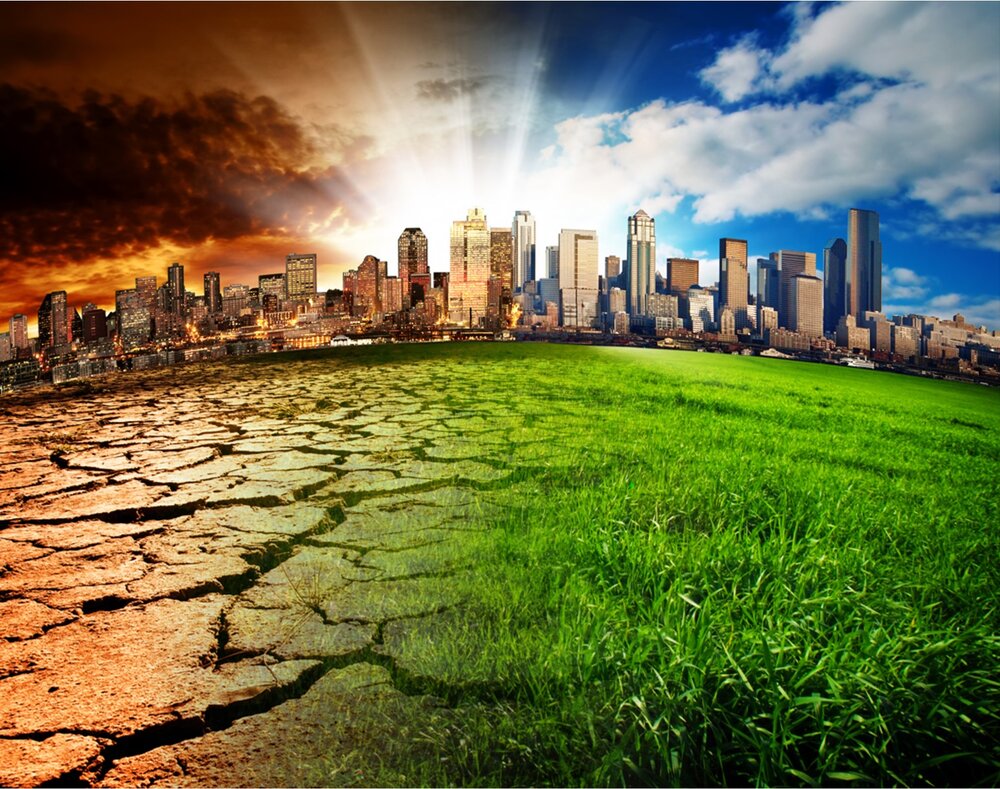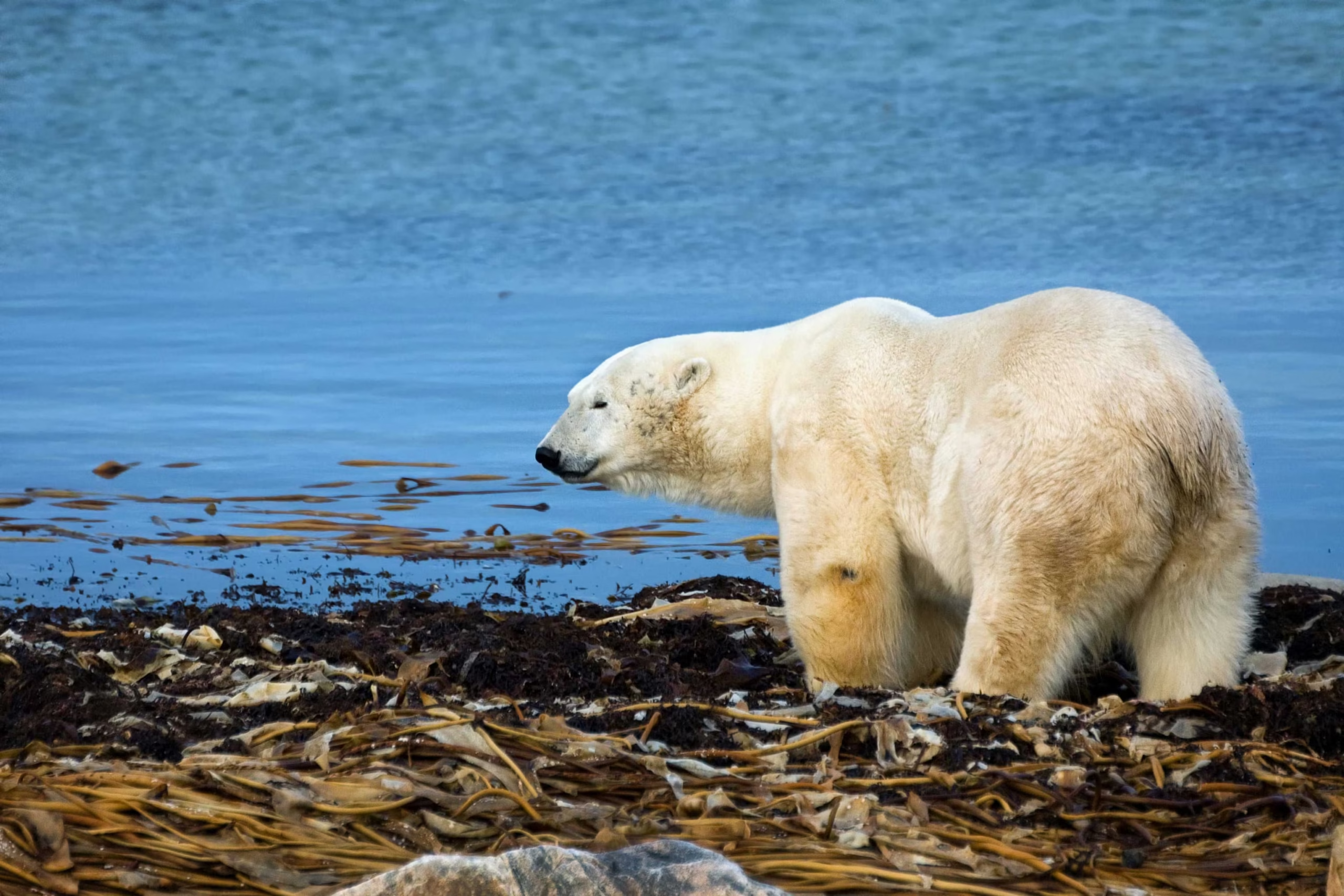Introduction
Global warming and climate change are among the most urgent challenges facing humanity today. Over the past century, human activity—particularly the burning of fossil fuels and deforestation—has significantly altered the Earth’s natural systems. This has led to a rise in global temperatures, disrupted weather patterns, and increasingly severe environmental consequences. While these issues might sound abstract to some, they have very real and far-reaching effects on human life—economically, socially, physically, and emotionally.
Understanding Global Warming and Climate Change
What Is Global Warming?
Global warming refers to the long-term increase in Earth’s average surface temperature due to the accumulation of greenhouse gases (GHGs) in the atmosphere. These gases—primarily carbon dioxide (CO₂), methane (CH₄), and nitrous oxide (N₂O)—trap heat from the sun, leading to a gradual rise in temperature.
What Is Climate Change?
Climate change is a broader term that includes global warming but also encompasses changes in precipitation patterns, more frequent and intense extreme weather events, and shifting ecosystems and biodiversity. While global warming is one component, climate change refers to the wider set of transformations occurring in the climate system.
Causes of Global Warming and Climate Change
Fossil Fuel Combustion
The burning of coal, oil, and natural gas for energy and transportation is the largest source of greenhouse gas emissions. Industrialization, urban development, and our reliance on motor vehicles have all contributed to elevated CO₂ levels in the atmosphere.
Deforestation and Land Use Change
Forests act as carbon sinks by absorbing CO₂. However, large-scale deforestation for agriculture, urban development, and logging releases this stored carbon back into the atmosphere, exacerbating the warming effect.
Agricultural Practices
Agriculture contributes significantly to greenhouse gas emissions through methane production from livestock, rice paddies, and the overuse of fertilizers, which release nitrous oxide.
Waste and Industrial Emissions
Improper waste management and industrial processes emit large amounts of GHGs. Landfills emit methane, while various industries release CO₂ and other toxic gases.
How Global Warming and Climate Change Affect Human Life
1. Impact on Health
Heat-Related Illnesses
Rising temperatures are leading to an increase in heatwaves, which cause dehydration, heatstroke, and can exacerbate chronic conditions like cardiovascular and respiratory diseases.
Spread of Diseases
Climate change affects the distribution of disease vectors such as mosquitoes. This has contributed to the spread of diseases like malaria, dengue fever, and Zika virus into new regions that were previously unaffected.
Mental Health Issues
The stress and anxiety related to climate-related disasters such as floods, wildfires, and hurricanes can lead to depression, PTSD, and other mental health problems.
2. Impact on Food Security
Reduced Crop Yields
Changing precipitation patterns, droughts, and extreme weather events are making farming less predictable. Staple crops like wheat, rice, and maize are particularly vulnerable to extreme heat and water scarcity.
Disrupted Fisheries
Ocean warming and acidification affect fish populations and marine ecosystems, threatening the livelihoods and food supply of millions who depend on fishing.
Higher Food Prices
As agricultural productivity declines, food prices rise, making it more difficult for low-income populations to access nutritious food, exacerbating poverty and malnutrition.
3. Water Scarcity and Flooding
Droughts
Increased evaporation and shifting rainfall patterns lead to more frequent and severe droughts, particularly in regions already prone to water stress like Sub-Saharan Africa and parts of Asia.
Glacial Melting and Sea-Level Rise
Melting glaciers threaten freshwater supplies for millions. Additionally, rising sea levels increase the risk of coastal flooding, contaminating freshwater sources with saltwater.
Flooding
Climate change contributes to more intense rainfall events, increasing the risk of river and urban flooding, which can displace populations, destroy infrastructure, and lead to waterborne diseases.
4. Economic Disruption
Damage to Infrastructure
Extreme weather events such as hurricanes, floods, and wildfires damage roads, buildings, power grids, and communication systems, requiring costly repairs and rebuilding efforts.
Loss of Livelihoods
Farming, fishing, and tourism—industries highly sensitive to climate conditions—are being disrupted, causing job losses and income instability for millions of people around the globe.
Increased Insurance Costs
Insurance companies face higher claims due to weather-related disasters, leading to increased premiums or, in some high-risk areas, the complete withdrawal of coverage.
5. Migration and Displacement
Climate Refugees
Rising sea levels, desertification, and resource scarcity force people to leave their homes. According to the UN, tens of millions may be displaced by 2050 due to climate change alone.
Urban Overcrowding
As people migrate from rural or affected regions to cities, urban infrastructure comes under pressure, leading to overcrowding, poor sanitation, and rising inequality.
6. Political and Social Instability
Resource Conflicts
Competition over shrinking resources like water and arable land can exacerbate tensions and lead to conflict, particularly in regions with existing ethnic or political strife.
Weakening Governance
Natural disasters can weaken state institutions, especially in developing nations, leading to poor governance, corruption, and diminished capacity to respond effectively to crises.
Youth and Climate Activism
Younger generations, seeing their future threatened, are increasingly involved in climate activism. Movements such as Fridays for Future highlight the social urgency of the climate crisis.
Regional Effects of Climate Change
Arctic Regions
The Arctic is warming about twice as fast as the global average. Melting ice is contributing to sea level rise and threatening indigenous lifestyles dependent on cold environments.
Small Island Nations
Nations like the Maldives and Tuvalu face existential threats from sea-level rise, as their land becomes uninhabitable.
Sub-Saharan Africa
This region is particularly vulnerable to climate-induced food and water scarcity, which compounds issues of poverty, conflict, and underdevelopment.
South Asia
Frequent monsoon disruptions, heatwaves, and floods threaten densely populated countries like India, Bangladesh, and Pakistan.
Solutions and Mitigation Strategies
Reducing Greenhouse Gas Emissions
Switching to renewable energy sources, improving energy efficiency, and phasing out fossil fuel subsidies are crucial steps in limiting global warming.
Climate-Resilient Infrastructure
Building infrastructure that can withstand extreme weather events helps protect human life and reduce economic losses.
Sustainable Agriculture and Water Use
Techniques such as precision farming, crop diversification, and improved irrigation systems can help ensure food and water security.
Reforestation and Conservation
Protecting and restoring forests, wetlands, and other carbon sinks is essential for removing CO₂ from the atmosphere.
International Cooperation
Global challenges require global solutions. The Paris Agreement aims to limit global temperature rise to below 2°C. However, stronger national commitments and collaboration are needed.
What Individuals Can Do
- Reduce carbon footprint by using public transport, reducing meat consumption, and conserving energy.
- Support policies and leaders that prioritize climate action.
- Educate others about the impacts of climate change and advocate for sustainable practices.
- Prepare for local risks such as flooding or heatwaves by having emergency plans in place.

Conclusion
Climate change is not a distant threat—it is a present reality that is already affecting millions of lives across the globe. From health to food, from water to migration, the impacts of global warming are far-reaching and deeply interconnected. Addressing this crisis requires urgent and sustained efforts at all levels—individual, community, national, and global. While the challenge is daunting, there is still time to act decisively. The choices we make today will determine the quality of life for future generations and the survival of countless species, including our own.







